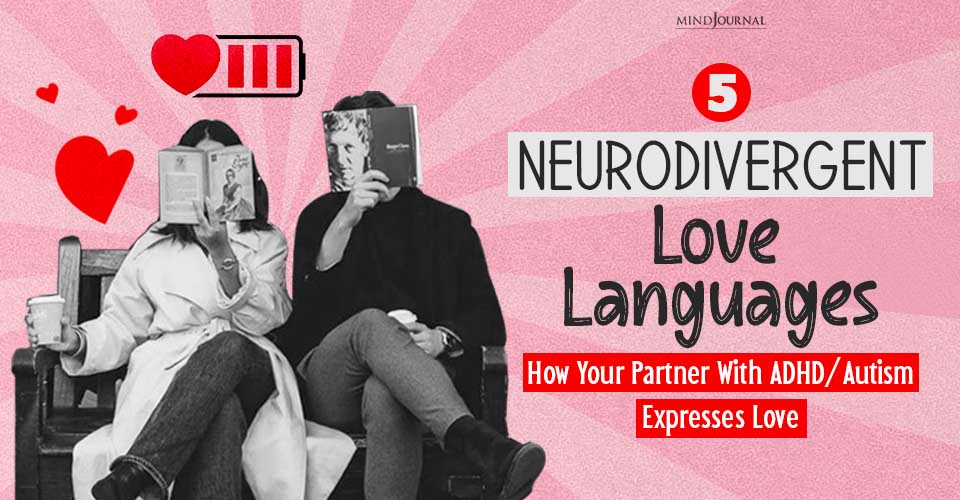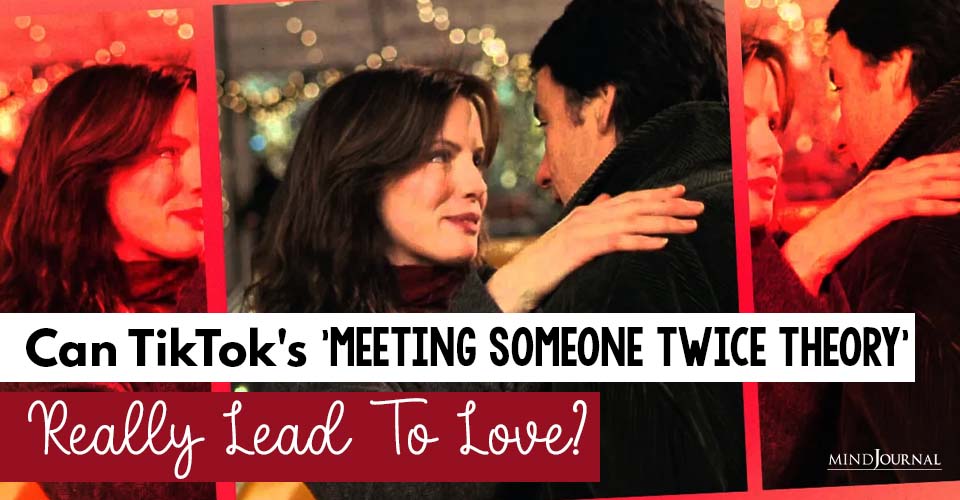Have you ever felt a tinge of uncertainty in your romantic relationship? A flickering doubt, a slight unease? Relationships are complex, and it’s normal for them to have ups and downs. However, it’s crucial to pay attention to the subtle yellow flags in a relationship that may indicate potential issues down the road.
These early warning signs can offer insights into the health and sustainability of a relationship. Let us explore what does a yellow flag mean, how to identify them, and most importantly, how to deal with yellow flags to foster a stronger and healthier connection.
What Does a Yellow Flag Mean in a Relationship?
A yellow flag in a relationship is a cautionary sign that something might be off. For example, if your partner often cancels plans without explanation, it could be a yellow flag indicating potential communication issues.

In the context of relationships, we commonly use the terms “red flags” and “green flags” to represent warning signs and positive indicators, respectively. Yellow flags, however, are the warning signals that fall somewhere in between.
They are not deal-breakers on their own but serve as potential indicators of underlying issues that may require attention or further exploration.
Related: What Is A Beige Flag In A Relationship? A New Dating Trend That Can Make Or Break Your Relationship!
Yellow flags in a relationship can manifest in various ways, such as inconsistent communication, frequent arguments over minor issues, or a lack of trust. They are often indicative of underlying conflicts, unresolved emotional baggage, or mismatched expectations between partners.
While they may not pose an immediate threat, ignoring or dismissing these yellow flags can lead to more significant problems in the future.
How to Determine Your Yellow Flags in a Relationship
Identifying yellow flags involves self-reflection and honest assessment. Here are some steps to help you determine your yellow flags:
1. Reflect on Past Experiences
Take a moment to consider your past relationships. Were there any recurring patterns or behaviors that caused concern? Identifying these patterns can help you recognize similar warning signs in your current relationship.
2. Analyze Your Emotions
Pay attention to your emotional responses within the relationship. Are you frequently feeling anxious, frustrated, or unheard? Unresolved negative emotions can be indicative of yellow flags that need to be addressed.
3. Evaluate Communication Dynamics
Communication is the cornerstone of a healthy relationship. Assess whether you and your partner engage in open and respectful dialogue. Are there frequent misunderstandings, defensiveness, or a lack of effective communication?
These issues can be yellow flags in a relationship that suggest an area for improvement.
4. Assess Trust and Boundaries
Trust is vital in any relationship. Reflect on whether you and your partner have established a foundation of trust and respect. Are there boundaries being crossed or a lack of transparency?
Trust-related yellow flags should be taken seriously and addressed promptly. This is how to determine your yellow flags.
Related: 5 Relationship Red Flags That Are Actually Green Flags
How to Deal with Yellow Flags in a Relationship: 6 Tips
Recognizing yellow flags is only the first step; addressing them is crucial for the well-being of your relationship. Here are some strategies to navigate yellow flags effectively:
1. Open and Honest Communication
Initiate an open and honest conversation with your partner. Express your concerns, fears, and emotions without blame or judgment. Encourage your partner to share their perspective as well. Effective communication can help bridge gaps and foster understanding.
2. Seek Professional Guidance
Consider seeking guidance from a relationship counselor or therapist. Professional mediators can provide a neutral and supportive environment to explore your yellow flags and offer guidance on resolving underlying issues.
3. Practice Active Listening
Listening attentively to your partner’s concerns and needs is essential. Validate their emotions and show empathy. Active listening builds trust and creates a safe space for open communication.
4. Establish Boundaries
Healthy relationships thrive on clear boundaries. Discuss and establish mutually agreed-upon boundaries that respect each other’s needs and values. Boundaries can help address yellow flags in a relationship related to personal space, privacy, or individuality.

5. Address Emotional Baggage
Unresolved emotional baggage from past experiences can contribute to yellow flags. Encourage personal growth and self-reflection for both yourself and your partner. Consider individual therapy to heal past wounds and develop healthier coping mechanisms.
6. Take Time for Self-Care
Prioritize self-care and personal well-being. Engage in activities that bring you joy and reduce stress. Taking care of yourself emotionally, mentally, and physically will strengthen your ability to address yellow flags constructively.
Related: 10 Relationship Red Flags: Ignore Them At Your Own Risk
Takeaway
Navigating relationships can be a fulfilling yet challenging journey. Identifying and addressing yellow flags early on is crucial for fostering a healthy and sustainable connection. Remember, yellow flags in a relationship are not insurmountable obstacles but rather opportunities for growth and improvement.
By practicing open communication, establishing boundaries, seeking professional guidance when needed, and nurturing self-care, you can address yellow flags and create a stronger, more fulfilling relationship.
Embrace the journey of self-discovery and growth, and remember that investing in the health of your relationship is worth every effort.
Frequently Asked Questions (FAQs):
What is the difference between yellow and red flags?
Yellow flags are cautionary signs in a relationship, indicating potential issues, while red flags signal serious problems requiring immediate attention.
What is a blue flag in a relationship?
A blue flag represents positive qualities or behaviors in a relationship, indicating healthy dynamics and mutual respect.
What is a green flag in a relationship?
Green flags signify positive signs in a relationship, such as effective communication, trust, and mutual support, fostering a healthy partnership.










Leave a Reply